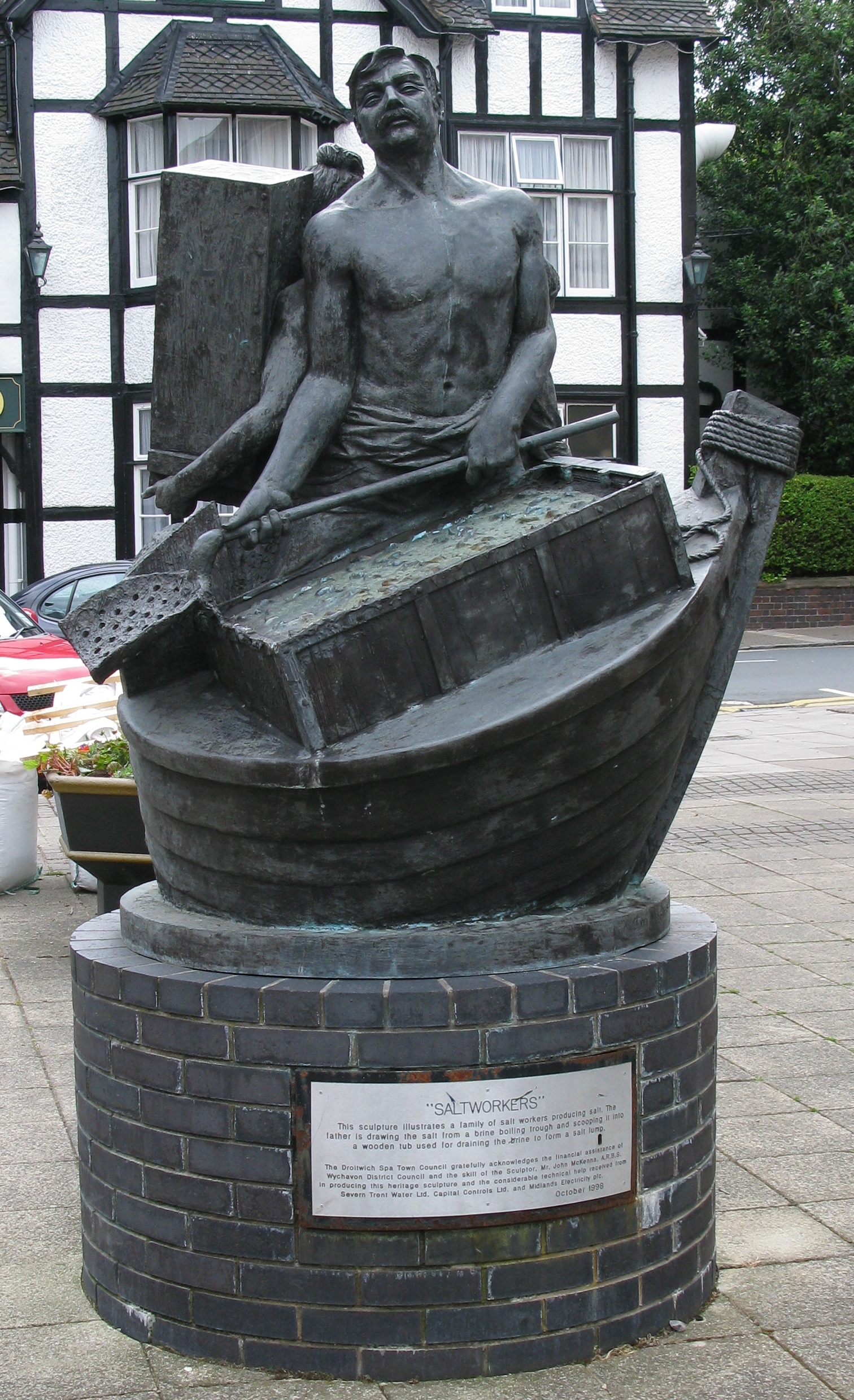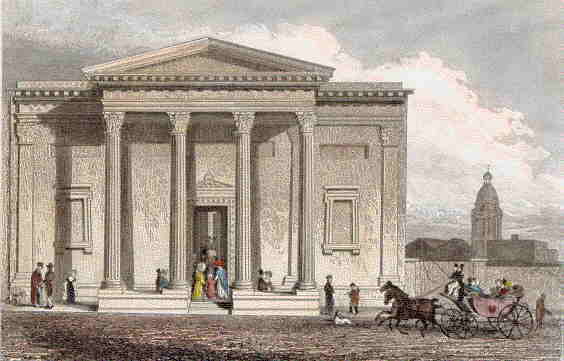|
Hampton Lovett
Hampton Lovett is a village and civil parish in the Wychavon district of the county of Worcestershire, England. It is just north of Droitwich. The church of St. Mary and All Saints is noted for its Norman features. English Heritage lists the church as a Grade I listed building. People People from Hampton Lovett include: * Sir John Pakington (died 1551), an MP and High Sheriff. Burials Burials at Hampton Lovett include: * Oswald Partington, 2nd Baron Doverdale Oswald Partington, 2nd Baron Doverdale (4 May 1872 – 23 March 1935) was a Liberal Party politician in the United Kingdom. Career The second but oldest surviving son of mill-owner Edward Partington (who became the 1st Baron Doverdale), Oswald ... References Villages in Worcestershire {{Worcestershire-geo-stub ... [...More Info...] [...Related Items...] OR: [Wikipedia] [Google] [Baidu] |
England
England is a country that is part of the United Kingdom. It shares land borders with Wales to its west and Scotland to its north. The Irish Sea lies northwest and the Celtic Sea to the southwest. It is separated from continental Europe by the North Sea to the east and the English Channel to the south. The country covers five-eighths of the island of Great Britain, which lies in the North Atlantic, and includes over 100 smaller islands, such as the Isles of Scilly and the Isle of Wight. The area now called England was first inhabited by modern humans during the Upper Paleolithic period, but takes its name from the Angles, a Germanic tribe deriving its name from the Anglia peninsula, who settled during the 5th and 6th centuries. England became a unified state in the 10th century and has had a significant cultural and legal impact on the wider world since the Age of Discovery, which began during the 15th century. The English language, the Anglican Church, and Engli ... [...More Info...] [...Related Items...] OR: [Wikipedia] [Google] [Baidu] |
Worcestershire
Worcestershire ( , ; written abbreviation: Worcs) is a county in the West Midlands of England. The area that is now Worcestershire was absorbed into the unified Kingdom of England in 927, at which time it was constituted as a county (see History of Worcestershire). Over the centuries the county borders have been modified, but it was not until 1844 that substantial changes were made. Worcestershire was abolished as part of local government reforms in 1974, with its northern area becoming part of the West Midlands and the rest part of the county of Hereford and Worcester. In 1998 the county of Hereford and Worcester was abolished and Worcestershire was reconstituted, again without the West Midlands area. Location The county borders Herefordshire to the west, Shropshire to the north-west, Staffordshire only just to the north, West Midlands to the north and north-east, Warwickshire to the east and Gloucestershire to the south. The western border with Herefordshire includes a ... [...More Info...] [...Related Items...] OR: [Wikipedia] [Google] [Baidu] |
Wychavon
Wychavon is a local government district in Worcestershire, England, with a population size of 132,500 according to the 2021 census. Its council is based in the town of Pershore, and the other towns in the district are Droitwich Spa and Evesham. The district extends from the southeast corner of Worcestershire north and west. It borders all the other districts of Worcestershire, as well as the counties of Gloucestershire and Warwickshire. The district was created under the Local Government Act 1972, on 1 April 1974. It was a merger of the boroughs of Droitwich and Evesham along with Evesham Rural District and most of Droitwich Rural District and most of Pershore Rural District. The district's name, which was invented in 1973, contains two elements. "Wych" recalls the Saxon Kingdom of Hwicca, and "Avon" is for the River Avon. Wychavon District Council was a joint 'Council of the Year 2007', along with High Peak Borough Council. It was also featured as the 'Best Council to work ... [...More Info...] [...Related Items...] OR: [Wikipedia] [Google] [Baidu] |
Civil Parish
In England, a civil parish is a type of administrative parish used for local government. It is a territorial designation which is the lowest tier of local government below districts and counties, or their combined form, the unitary authority. Civil parishes can trace their origin to the ancient system of ecclesiastical parishes, which historically played a role in both secular and religious administration. Civil and religious parishes were formally differentiated in the 19th century and are now entirely separate. Civil parishes in their modern form came into being through the Local Government Act 1894, which established elected parish councils to take on the secular functions of the parish vestry. A civil parish can range in size from a sparsely populated rural area with fewer than a hundred inhabitants, to a large town with a population in the tens of thousands. This scope is similar to that of municipalities in Continental Europe, such as the communes of France. However, ... [...More Info...] [...Related Items...] OR: [Wikipedia] [Google] [Baidu] |
Droitwich
Droitwich Spa (often abbreviated to Droitwich ) is an historic spa town in the Wychavon district in northern Worcestershire, England, on the River Salwarpe. It is located approximately south-west of Birmingham and north-east of Worcester. The town was called Salinae in Roman times, then later called Wyche, derived from the Anglo-Saxon Hwicce kingdom, referred to as "Saltwich" according to Anglo-Saxon charters, with the Droit (meaning "right" in French) added when the town was given its charter on 1 August 1215 by King John. The "Spa" was added in the 19th century when John Corbett developed the town's spa facilities. The River Salwarpe running through Droitwich is likely derived from ''sal'' meaning "salt" and ''weorp'' which means "to throw up" - i.e. "the river which throws up salt" - which overflows from the salt brines. The town is situated on massive deposits of salt, and salt has been extracted there since ancient times. The natural Droitwich brine contains of salt; te ... [...More Info...] [...Related Items...] OR: [Wikipedia] [Google] [Baidu] |
Lines Family Sketchbook - Disc1 033 - Church Of St Mary & All Saints, Hampton Lovett
Line most often refers to: * Line (geometry), object with zero thickness and curvature that stretches to infinity * Telephone line, a single-user circuit on a telephone communication system Line, lines, The Line, or LINE may also refer to: Arts, entertainment, and media Films * ''Lines'' (film), a 2016 Greek film * ''The Line'' (2017 film) * ''The Line'' (2009 film) * ''The Line'', a 2009 independent film by Nancy Schwartzman Podcasts * ''The Line'' (podcast), 2021 by Dan Taberski Literature * Line (comics), a term to describe a subset of comic book series by a publisher * ''Line'' (play), by Israel Horovitz, 1967 * Line (poetry), the fundamental unit of poetic composition * "Lines" (poem), an 1837 poem by Emily Brontë * ''The Line'' (memoir), by Arch and Martin Flanagan * ''The Line'' (play), by Timberlake Wertenbaker, 2009 Music Albums * ''Lines'' (The Walker Brothers album), 1976 * ''Lines'' (Pandelis Karayorgis album), 1995 * ''Lines'' (Unthanks album), 2 ... [...More Info...] [...Related Items...] OR: [Wikipedia] [Google] [Baidu] |
Norman Architecture
The term Norman architecture is used to categorise styles of Romanesque architecture developed by the Normans in the various lands under their dominion or influence in the 11th and 12th centuries. In particular the term is traditionally used for English Romanesque architecture. The Normans introduced large numbers of castles and fortifications including Norman keeps, and at the same time monasteries, abbeys, churches and cathedrals, in a style characterised by the usual Romanesque rounded arches (particularly over windows and doorways) and especially massive proportions compared to other regional variations of the style. Origins These Romanesque styles originated in Normandy and became widespread in northwestern Europe, particularly in England, which contributed considerable development and where the largest number of examples survived. At about the same time, a Norman dynasty that ruled in Sicily produced a distinctive variation–incorporating Byzantine and Saracen influen ... [...More Info...] [...Related Items...] OR: [Wikipedia] [Google] [Baidu] |
Royal Birmingham Society Of Artists
The Royal Birmingham Society of Artists or RBSA is an art society, based in the Jewellery Quarter in Birmingham, England, where it owns and operates an art gallery, the RBSA Gallery, on Brook Street, just off St Paul's Square. It is both a registered charity, and a registered company (no. 122616). History The RBSA was established as the Birmingham Society of Artists in 1821, though it can trace its origins back further to the life drawing academy opened by Samuel Lines, Moses Haughton, Vincent Barber and Charles Barber in Peck Lane (now the site of New Street Station) in 1809. From this group was founded the Birmingham Academy of Arts in 1814, whose first exhibition was held that year. A gallery and set of offices for the Birmingham Society of Arts was built behind a fine neo-classical portico in New Street by architect Thomas Rickman in 1829. In 1868 the RBSA received its royal charter and adopted its current name. The RBSA was to become a highly influential body i ... [...More Info...] [...Related Items...] OR: [Wikipedia] [Google] [Baidu] |
John Pakington (MP And Sheriff)
Sir John Pakington (c.1477 – 21 August 1551), was Chirographer of the Court of Common Pleas, a Member of Parliament for Gloucester, and Sheriff of Herefordshire and Worcestershire. In 1529 he received an extraordinary grant from Henry VIII permitting him to wear his hat in the King's presence. Biography Although the Pakington family is of great antiquity, being recorded at the time of the foundation of St Mary's Abbey, Kenilworth, in the reign of Henry I, according to Burke the 'founder of the fortunes of the house of Pakington' was the lawyer Sir John Pakington in the reign of Henry VIII. Born about 1477, he was the eldest son of John Pakington of Stanford-on-Teme, Worcestershire, and Elizabeth Washbourne, the daughter and heiress of Thomas Washbourne. He had three brothers, Humphrey, Robert and Augustine, and three sisters: Joyce married firstly a husband surnamed Blount, and secondly John Corbet of Leigh, Shropshire; Eleanor married a husband surnamed Gravener, of Shropshir ... [...More Info...] [...Related Items...] OR: [Wikipedia] [Google] [Baidu] |
Oswald Partington, 2nd Baron Doverdale
Oswald Partington, 2nd Baron Doverdale (4 May 1872 – 23 March 1935) was a Liberal Party politician in the United Kingdom. Career The second but oldest surviving son of mill-owner Edward Partington (who became the 1st Baron Doverdale), Oswald Partington was born in Bury. Educated at Rossall School, he held a commission in the 4th (Militia) Battalion of the Cheshire Regiment. He was a justice of the peace for the counties of Cheshire and Worcestershire, and a Deputy Lieutenant of the latter county. Partington entered the family business which involved the production and processing of wood pulp for the manufacture of paper. He became a member of the firm of Olive and Partington, with paper mills in Glossop, Derbyshire and a director of the Kellner-Partington Paper Pulp Company. He was elected at the 1900 general election as Member of Parliament for High Peak constituency in Derbyshire, and held the seat through two further elections before his defeat at the December 1910 ge ... [...More Info...] [...Related Items...] OR: [Wikipedia] [Google] [Baidu] |

.jpg)


